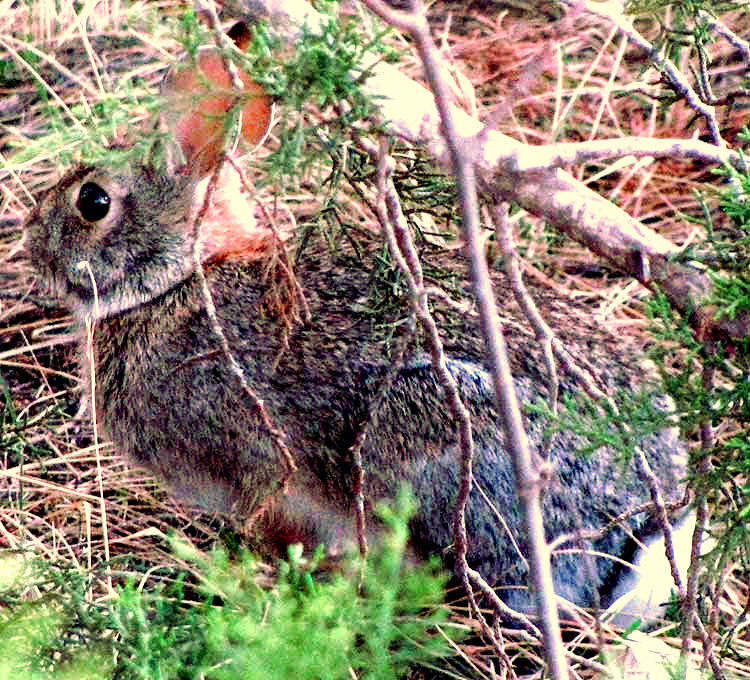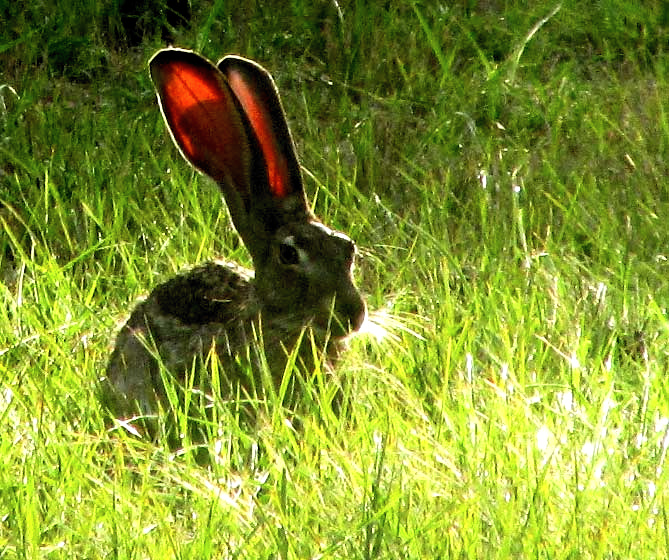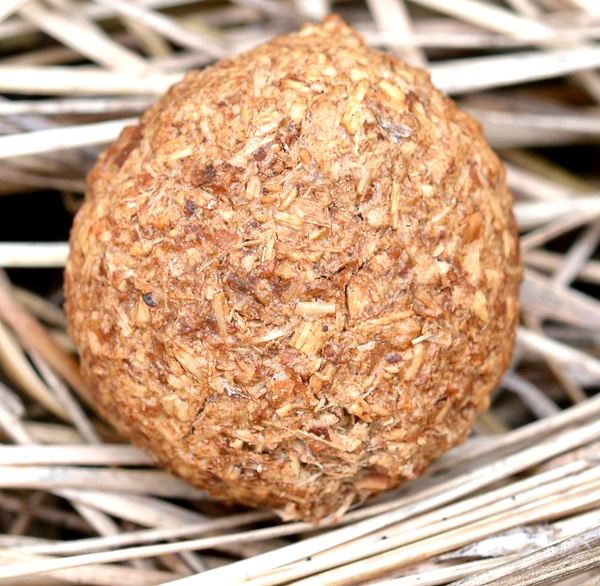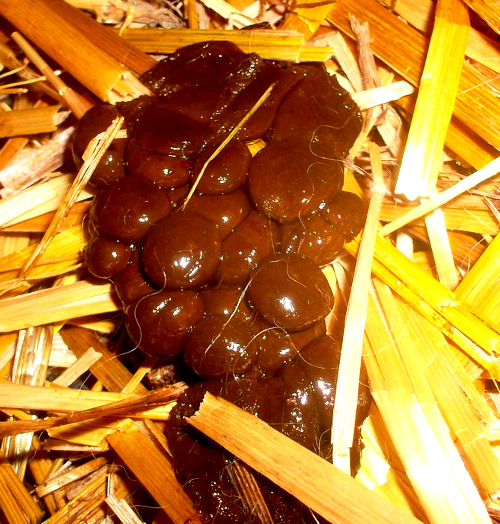
In most of the US -- everywhere except the western 1/3rd of the country and northern New England -- backyards occasionally are visited by cottontail rabbits. However, four cottontail species are recognized in the US. At the right, that's a Desert Cottontail, Silvilagus audubonii, in a backyard in southwestern Texas.
Moreover, besides cottontails, in North America there are hares, jackrabbits, and four species of just plain rabbit. According to the Peterson Field Guide A Field Guide to the Mammals: North America North of Mexico, here are the North American members of the Rabbit Family, the Leporidae:
- Arctic Hare
- Tundra Hare
- Snowshoe Hare
- European Hare
- Whitetail Jackrabbit
- Antelope Jackrabbit
- Blacktail Jackrabbit
- Eastern Cottontail
- Mountain Cottontail
- New England Cottontail
- Desert Cottontail
- Brush Rabbit
- Marsh Rabbit
- Swamp Rabbit
- Pygmy Rabbit

At the right, that's a Black-tailed Jackrabbit, Lepus californicus. Jackrabbits usually are rabbit size, but have longer ears, and nest in depressions on the ground called forms, often in tall grass. Most rabbits live underground in burrows or warrens, while hares build simple nests above ground. Hares usually are larger than rabbits and have longer ears (not the Arctic Hare, though).
RABBIT FOOD
Rabbits are nearly entirely vegetarian. In the summer, about 50% of the Eastern Cottontail's diet consists of grasses, including bluegrass and wild rye. They also like wild strawberry, clover and garden vegetables. In the winter, cottontails eat woody plant parts such as twigs, bark and buds of oak, dogwood, sumac, maple and birch. Feeding activity peaks 2-3 hours after dawn, and the hour after sunset.
THE RABBIT DIGESTIVE SYSTEM
 Typical pellet of Eastern Cottontail, Sylvilagus floridanus in Guelph, Ontario, Canada; photo courtesy of Ryan Hodnett
Typical pellet of Eastern Cottontail, Sylvilagus floridanus in Guelph, Ontario, Canada; photo courtesy of Ryan HodnettA rabbit's digestive system is beautifully adapted for its vegetarian diet of rough, tough plant parts.When a rabbit eats, its food goes down the esophagus into the stomach. Not much happens in the stomach other than that the food is sterilized, and then it is moved into the small intestine. While in the small intestine up to 90% of the protein, starches and sugar are absorbed from the food.
After these nutrients are removed, the small intestine sorts what's left. Undigested fibrous material is passed into the colon, where it is formed into hard, round pellets like the one in the picture. These are defecated, and sometimes left strewn in our gardens.
THE CAECOTROPH STORY
 Rabbit caecotrophs; photo courtesy of "Fiver, der Hellseher" and Wikipedia Commons
Rabbit caecotrophs; photo courtesy of "Fiver, der Hellseher" and Wikipedia CommonsHowever, that's not the whole story, because when food is still in the small intestine, the unabsorbed, softer stuff (what isn't formed into hard, round pellets), instead of being forwarded into the colon, is shunted into a special pouch known as the caecum (SEE-kum). In the caecum, anaerobic bacteria (bacteria not needing oxygen) ferment the material, breaking it down better and releasing vitamins and proteins. Part of this is absorbed into the rabbit's body, but some is left, and this is then formed into a second kind of pellet. These pellets are soft and moist instead of hard and dry like the other pellets, and are known as caecotrophs. Once the caecotrophs are formed they are emptied from the caecum into the colon, and then excreted.
Therefore, rabbits excrete two kinds of pellets, one being hard, dry and spherical (the ones we find in our gardens), and the others, the caecotrophs, being soft, moist and clustered together like grapes.
We seldom see caecotrophs, however, because they are typically expelled at night and, more importantly, the rabbit quickly eats them, typically taking them directly from its own anus. Of course this is done to recycle the material, to assure that nothing is wasted.
You might want to remember this the next time you have the urge to kiss a cuddly-looking cottontail on the snout.
COTTONTAIL FAMILIES
Female Eastern Cottontails, called does (rhyming with rows), produce from 3-4 litters per year. Litter size varies from 2 to 8, with an average of 5.6 baby rabbits per nest. Therefore, if a female cottontail produces 3.5 litters of 5.6 young each year, that's 19.6 rabbits a year, and a cottontail may live for three years or more! Obviously, a lot of rabbits never reach their third year, else the world would be overrun with them. Predators who keep their numbers under control include hawks, owls, foxes, coyotes, and domestic dogs and cats.